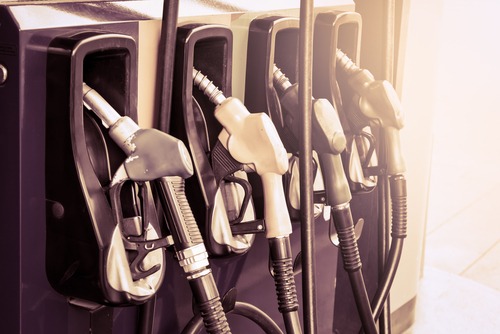
Gasoline supply and demand dropped from 9.78 million barrels per day to 9.43 million barrels, according to Energy Information Administration data released last week.
This is 500,000 barrels lower than the same week in 2019.
The lower demand is attributed to COVID-19 concerns and the start of the school year.
Gasoline prices have stabilized, although they remain high. For seven days, the national average has been $3.18. This is one cent less than the previous seven days, two cents more than a month ago, and $1.01 more than a year ago.
The least expensive market is in Mississippi at $2.79 a gallon, followed by Louisiana, Alabama, Texas, and Oklahoma.
Alaska, Oregon, Montana, Washington, D.C., and Washington witnessed the largest price hikes weekly, between 2 cents and 4 cents.
Michigan, Kentucky, Illinois, Ohio, and Maryland witnessed the largest priced decreases, falling between 2 cents and 4 cents.
Prices are expected to fluctuate through Labor Day because of a rise in crude prices, while
gas demand usually drops considerably after the holiday.
Prices for West Texas Intermediate, a crude oil blend, fell to $68.44 at the close of formal trading on Aug. 13.
If market concerns over increasing COVID-19 infection rates persist, crude prices could continue to drop.